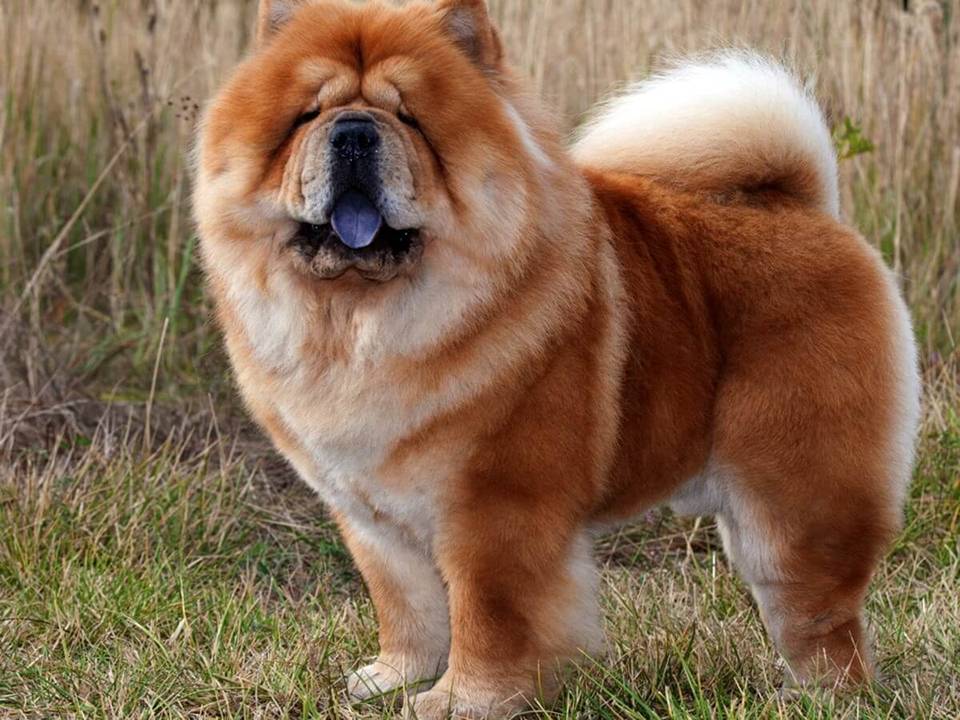Unique and Ancient Dog Breed with a Fascinating History
The Chow Chow, often called simply the “Chow,” is a unique and ancient dog breed with a captivating history spanning centuries. Known for its lion-like mane, blue-black tongue, and distinctive appearance, the Chow Chow has fascinated dog lovers worldwide. Originating in Asia, particularly China, the breed played important roles in various aspects of society. Exploring the history and origins of the Chow Chow reveals its development, cultural connections, and evolution into the beloved companion it is today.
Origins in Ancient China
The Chow Chow is one of the oldest dog breeds in the world, with origins dating back over 2,000 years, possibly even 3,000 years. Historians trace its lineage to ancient northern China, near Mongolia and Siberia. Nomadic tribes likely developed the breed, as its physical traits made it well-suited for surviving the harsh, cold climates of northern Asia.
The Chow Chow shares ancestry with other Spitz-type dogs, such as the Samoyed, Norwegian Elkhound, and Keeshond. Its thick double coat and sturdy build reflect its adaptation to cold environments. The breed’s blue-black tongue, a unique trait, adds to its mystique. Folklore suggests this feature resulted from the breed licking the sky during creation, symbolizing its ancient lineage.

Role in Ancient Chinese Society
In ancient China, the Chow Chow served multiple purposes, making it a highly versatile breed. People used these dogs for hunting, herding, pulling carts, and guarding. Their hunting skills made them particularly effective in tracking large game, including wolves and bears. Records from the Han Dynasty (206 BC–220 AD) show that Chow Chows participated in imperial hunts, grand events involving royalty and nobility.
Beyond hunting, the breed’s strength and endurance made it ideal for pulling carts and sleds. Farmers and traders relied on them to transport goods over long distances. Their protective nature also made them excellent guard dogs, watching over homes, livestock, and properties.
However, the breed’s history also includes darker aspects. Some people raised Chow Chows for their meat, considered a delicacy, and their thick fur, used for clothing. While unsettling to modern dog lovers, this reflects the breed’s multifaceted role in ancient times.
Connection to Chinese Royalty
The Chow Chow has strong ties to Chinese royalty. Emperors, particularly during the Tang Dynasty (618–907 AD), kept large kennels of these dogs. The Tang Emperor reportedly maintained a kennel of 5,000 Chow Chows, with dedicated staff to care for them. These dogs symbolized status, wealth, and power in the imperial court.
The breed’s association with royalty elevated its status in Chinese culture. Owning a Chow Chow became a sign of prestige. Artists frequently depicted the breed in artwork, sculptures, and pottery. The Chow Chow’s proud, aloof demeanour and dignified appearance resonated with the imperial image, further enhancing its reputation as a royal companion.

Introduction to the West
The Chow Chow remained relatively unknown outside China until the late 18th and early 19th centuries. British merchants trading with China brought the breed to England during the Qing Dynasty (1644–1912). The name “Chow Chow” likely originated from the pidgin English term used by traders to describe miscellaneous cargo, including exotic items from China. The name stuck with the breed.
In England, the Chow Chow quickly gained attention for its unique appearance and aristocratic demeanour. Queen Victoria, a noted dog lover, played a key role in popularizing the breed among the British aristocracy. By the late 19th century, Chow Chows were being exhibited at dog shows. The Chow Chow Club of England, established in 1895, marked the breed’s official recognition by kennel clubs.
The breed also reached the United States around the same time, gaining popularity among the wealthy and influential. In 1903, the American Kennel Club (AKC) officially recognized the Chow Chow, cementing its status as a prestigious breed in the West.
Evolution as a Companion Dog
While the Chow Chow’s early history cantered on its utility as a working dog, it has evolved into a cherished companion in modern times. The breed’s dignified and sometimes aloof nature appeals to households that appreciate its independent spirit. Despite its standoffish personality, the Chow Chow forms strong bonds with its family and can be fiercely loyal and protective.
Selective breeding over the years has refined the breed’s physical traits, such as its lion-like mane and blue-black tongue, as well as its temperament. Today, the Chow Chow is known for being quiet, clean, and independent, qualities that make it a popular pet in urban settings.
Conclusion
The Chow Chow’s rich history, spanning thousands of years, highlights its adaptability and importance in human society. From its roles as a hunter, guard, and even a source of food in ancient times, to its evolution as a beloved companion, the Chow Chow remains a breed of historical significance. Its journey from the imperial courts of ancient China to homes around the world showcases its enduring appeal and versatility.


